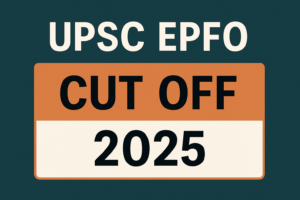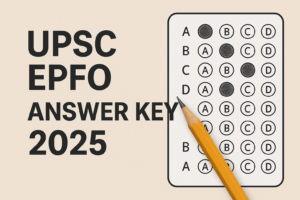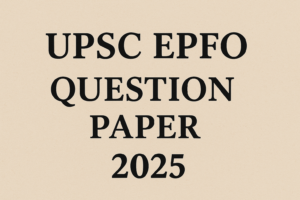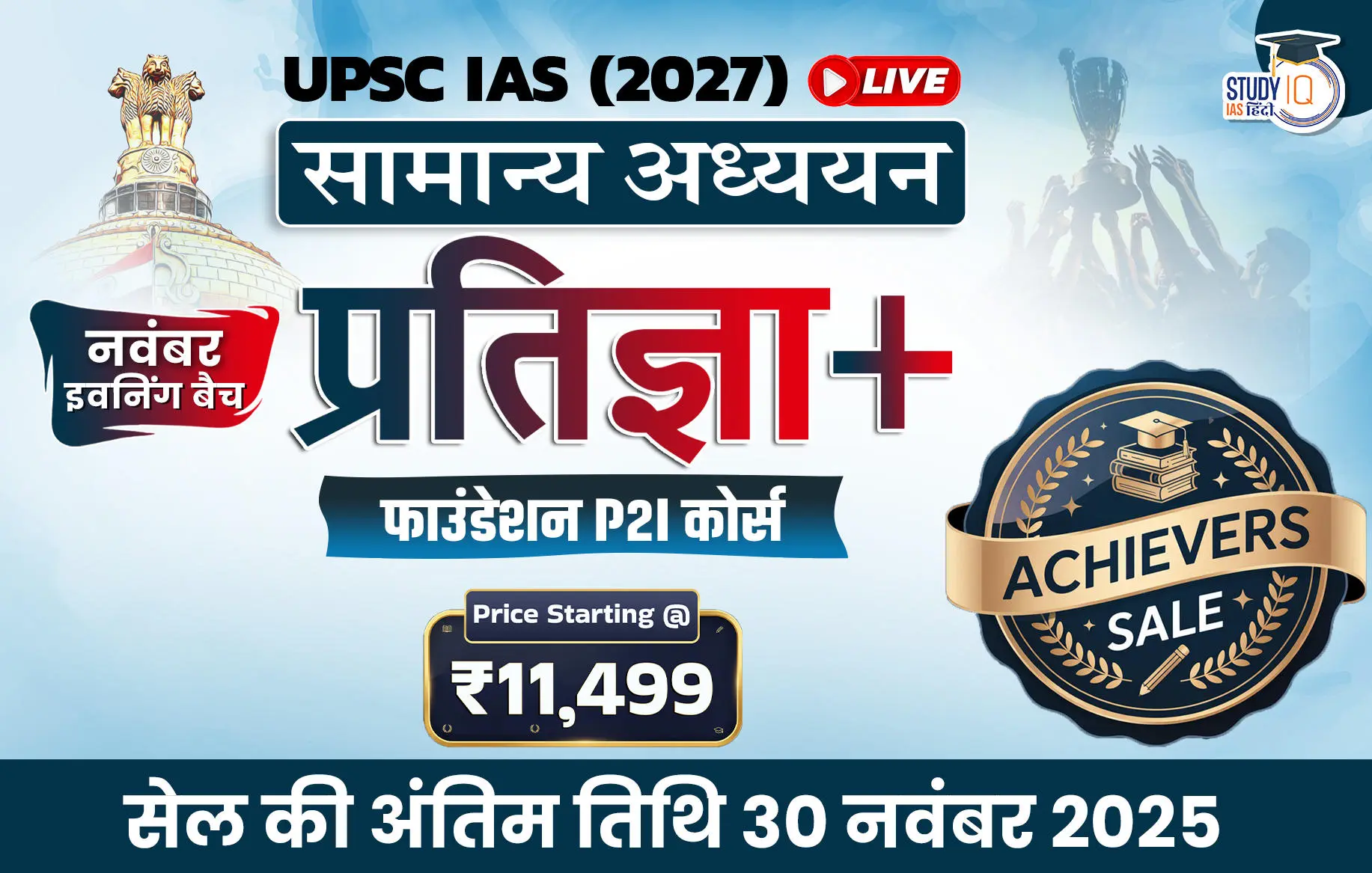Q. No.7- e-Governance projects have a built-in bias towards technology and back-end integration than user-centric designs. Examine. (10 marks, 150 words).
| Approach: Begin by introducing e-Governance in India and its objectives under NeGP (2006) and Digital India (2015). In the body, examine how projects like Aadhaar, GSTN, DigiLocker, and BharatNet show a bias towards technology and backend integration through examples (digital divide, exclusion errors, one-size-fits-all design). Then discuss the consequences of such tech-centricity and highlight the recent shift towards user-centric models like MeeSeva, UMANG, MyGov, and CSCs. Conclude with a way forward stressing user research, inclusive design, and last-mile connectivity for a citizen-first Digital India. |
E-governance is the use of information and communication technologies (ICTs) to enhance the efficiency, transparency, and accountability of government processes. While India’s e-governance initiatives have enhanced efficiency, transparency, and integration of government services, critics argue they are often tech-centric rather than citizen-centric.
Bias towards technology and back-end integration
- Technology Driven projects: Projects like Aadhaar, GSTN, and DigiLocker focus heavily on database creation and the integration of services with an aim of achieving interoperability across departments rather than ease of use for citizens.
- E.g., The GSTN’s early implementation faced technical glitches that burdened small businesses
- Overemphasis on Data Collection: Many projects (Aadhaar, DigiLocker) were initially designed as identity/authentication databases rather than service delivery platforms.
- This created massive back-end systems but limited front-end usability for common citizens.
- Security vs. Usability Tension: Strict authentication (multiple OTPs, biometrics) has been prioritised to prevent leakages, but at the cost of ease of access, especially for elderly & differently-abled.
- Digital Infrastructure over User Needs: Projects emphasize platform creation (Aadhaar, BharatNet, State Data Centres) rather than last-mile connectivity or user experience.
- E.g., while Aadhaar built the world’s largest biometric database, poor fingerprint/iris recognition among the elderly and manual workers led to exclusion from PDS in Jharkhand and Rajasthan.
- One-size-fits-all Design: Uniform platforms overlook linguistic diversity, digital literacy gaps, and accessibility for differently-abled users.
- E.g., GSTN portal designed largely in English with complex filing procedures, disadvantaged small traders and businesses in Tier-2 and Tier-3 cities.
- Technocrat-led, Not Citizen-led: Often, back-end systems are designed with inputs from technocrats and consultants, but not citizens or frontline service providers.
- E.g., Land record digitization portals like Bhoomi (Karnataka) and Apna Khata (Rajasthan), built without consulting Patwaris or farmers, often produced mismatched records.
Consequences of Tech-centric Bias
|
Recent Shift Towards User Centric Designs
- Best Practices: Citizen-centric, integrated, inclusive, secure, and transparent e-governance models emphasize BPR, digital inclusion, capacity-building, interoperability, real-time dashboards, and sustainability (UMANG, PRAGATI, CSCs).
- Certifications: Quality assurance through ISO (9001, 27001, 20000), STQC, GIGW/WCAG, CERT-In audits, GDPR compliance, and citizen satisfaction surveys ensures reliability, security, accessibility, and accountability.
The way forward is to adopt the SMART- Simple, Moral, Accountable, Responsive, and Transparent Governance model (World Bank), through user research, inclusive design, and human+tech models like CSCs. A citizen-first approach will bridge the digital divide and truly realize the vision of “Digital India for All”.
| Best Practice
Estonia’s e-Governance Model Citizen-centric design: single digital ID, one portal for all services, multilingual & mobile-first. India could adopt this “Once-Only Principle” (citizens give information once, reused across departments). |

 UPSC EPFO Cut Off 2025 (Expected): Categ...
UPSC EPFO Cut Off 2025 (Expected): Categ...
 UPSC EPFO Answer Key 2025 Out (Unofficia...
UPSC EPFO Answer Key 2025 Out (Unofficia...
 UPSC EPFO Question Paper 2025 PDF Downlo...
UPSC EPFO Question Paper 2025 PDF Downlo...

























